
One of Molori’s recent and largest projects is this 2,100 sq m home in California, remodelled as a resort
Molori Designs takes the concept of bespoke to a whole new level. Answering all your lifestyle needs, whether you’re on safari in South Africa or settling down in Santa Monica, they specialise in tailoring everything to the individual client. LUX speaks with founder Kirk Lazarus
Super yachts, private jets, sleek urban apartments, tropical beachside villas, endless vistas and infinity pools – global architecture and lifestyle company Molori Designs is in the business of dreams (‘molori’ means ‘to dream’ in Tswana, a southern African language), or rather, the dream. This is the one where you, essentially, have it all. Founded by South African-born, Sydney-raised entrepreneur Kirk Lazarus, the company owns a safari lodge in Madikwe Game Reserve in South Africa, several resorts in Clifton and Cape Town, and Port Douglas in Australia and a superyacht called Told U So. They also develop and design luxurious, turnkey homes for the ultra-rich which are carefully curated to the individual’s needs and tastes, from the art hanging on the walls to the types of spirits stocked in the bar. “Usually when people think of resorts, it’s connected with the idea of going on holiday. Our goal, from a design perspective, is to create a lifestyle where you don’t need to take a vacation from it,” says Lazarus.
Follow LUX on Instagram: luxthemagazine
As such, their design approach is focused on not only achieving the highest possible standards of luxury living, but also anticipating the future owner’s day-to-day needs. They often ask clients to talk them through their daily routine from the time they wake up to the time they go to bed so that they can pinpoint moments which could be made more seamless. Of course, this is also the appeal of branded residences, which are kitted out head-to-toe in, say, Giorgio Armani or, in the case of hotel-branded residences, come with all the expected five-star amenities and services: private chefs, valet parking, housekeeping, a 24-hour concierge. The key difference, however, is that with Giorgio Armani or Four Seasons residences, you’re buying into a lifestyle defined by that brand, but with Molori’s homes, every aspect of the design is tailored to the specific individual or family. All furniture is custom-made in Italy and the company collaborates with luxury brands to create bespoke fixtures such as Murano glass × Molori chandeliers, and Missoni Home upholstery.


The living room (top) and formal dining room of an apartment in New York City overlooking Central Park designed by Molori
There are, however, a few design principles that define every Molori residence. “We make sure that every corner of your home has a purpose regardless of how big the property is,” says Larissa Makkonen, one of the company’s designers. “Amazing views are also always a priority for us. We often use mirrors to reflect the ocean or landscape so that you feel surrounded by nature.”

The pool area of a California beachfront home, designed by Molori in 2018
As the company is relatively small, the team is directly involved in every stage of the project, which allows them to continuously adapt their designs and push for greater levels of personalisation. With yachts, for example, that means going to the shipping yard where the boat is being built and discussing how much they can manipulate the basic structure to include bigger windows or more spacious bedrooms.
Read more: How Andermatt became a leading luxury destination
The ability to adapt is also fundamental to the company’s approach to sustainability. They try to “create the greenest environment possible” while also anticipating changes in climate and landscape. According to Lazarus, beachside residential projects have been particularly challenging in recent years due to global rising sea levels and how the need to accommodate this will impact the coastline in the future.
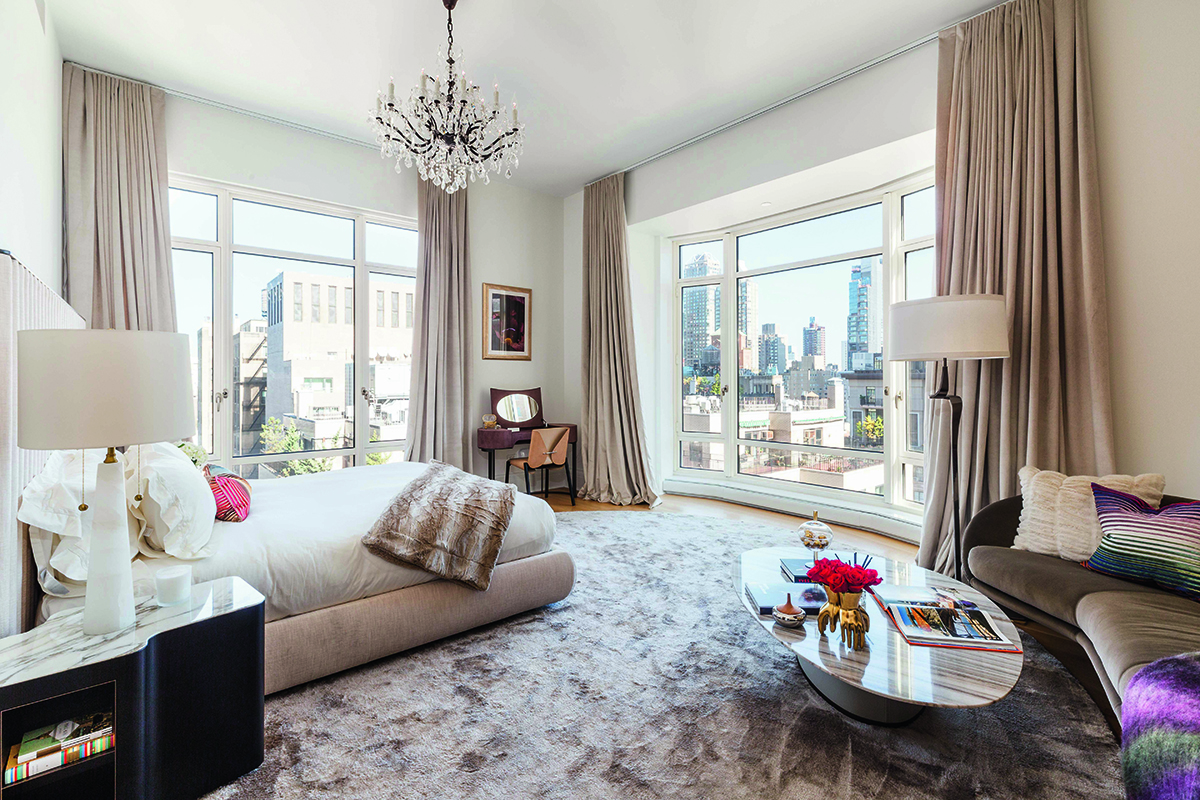
The master bedroom in the New York apartment
For now, though, his sights are set on Miami – “one of the places to be for luxury” – where Molori currently has several turnkey projects in progress. “It’s exciting to see how far we can push the envelope in luxury-style living,” Lazarus says.
Find out more: molori.com
This story was originally published in the Autumn/Winter 2021 issue.

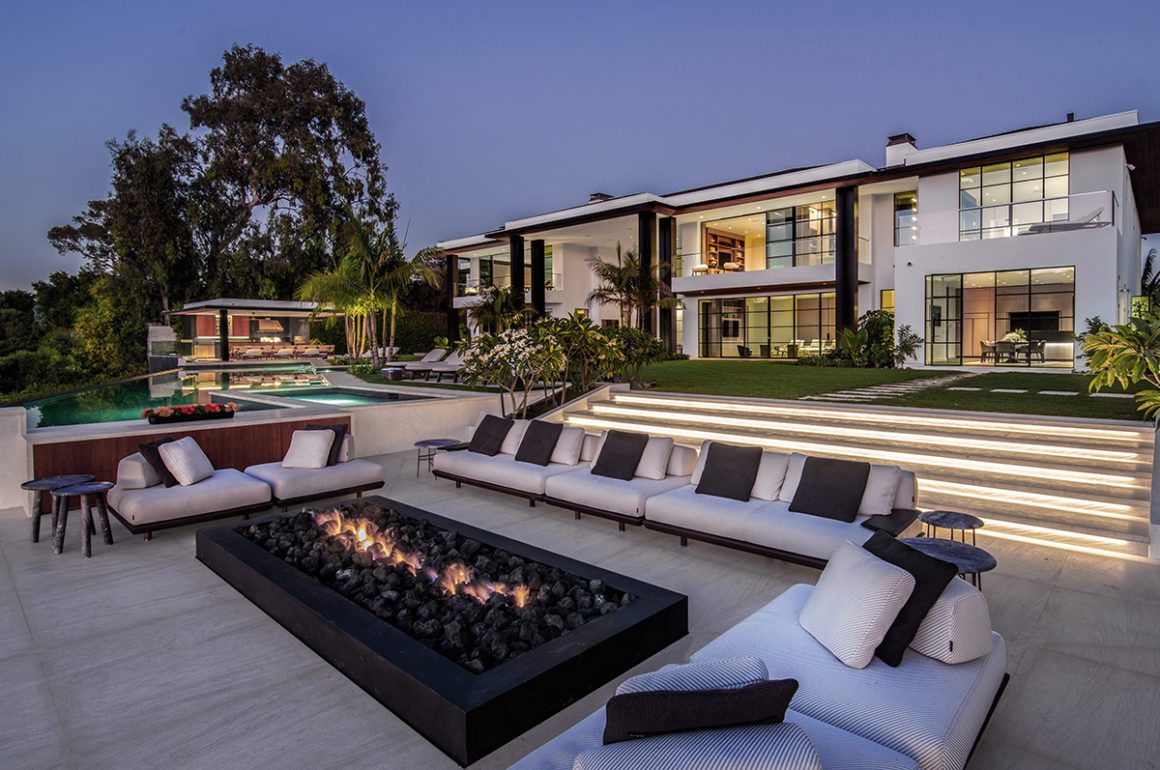
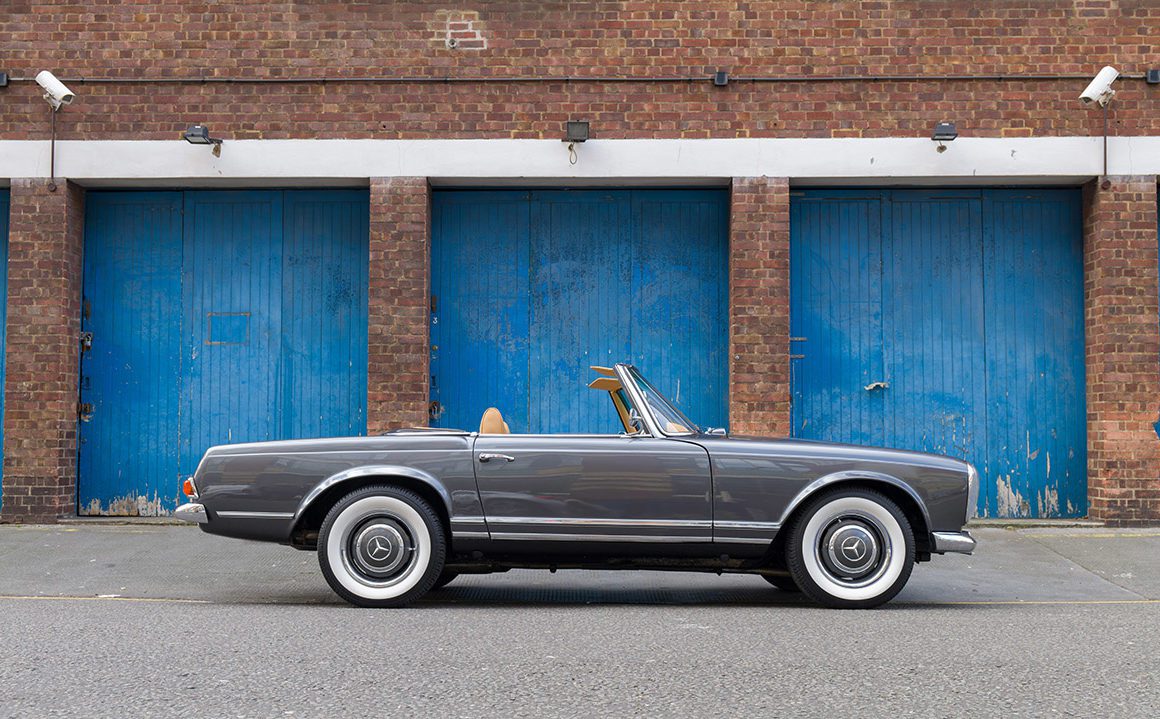




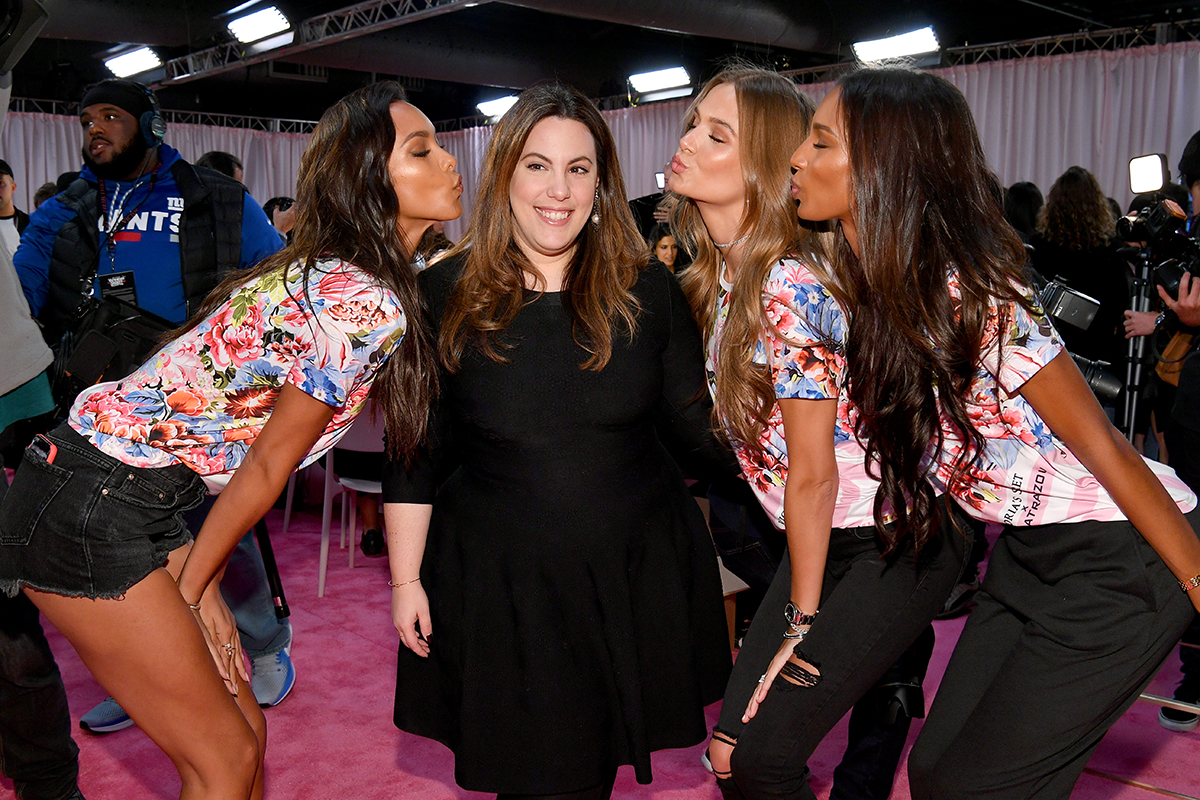


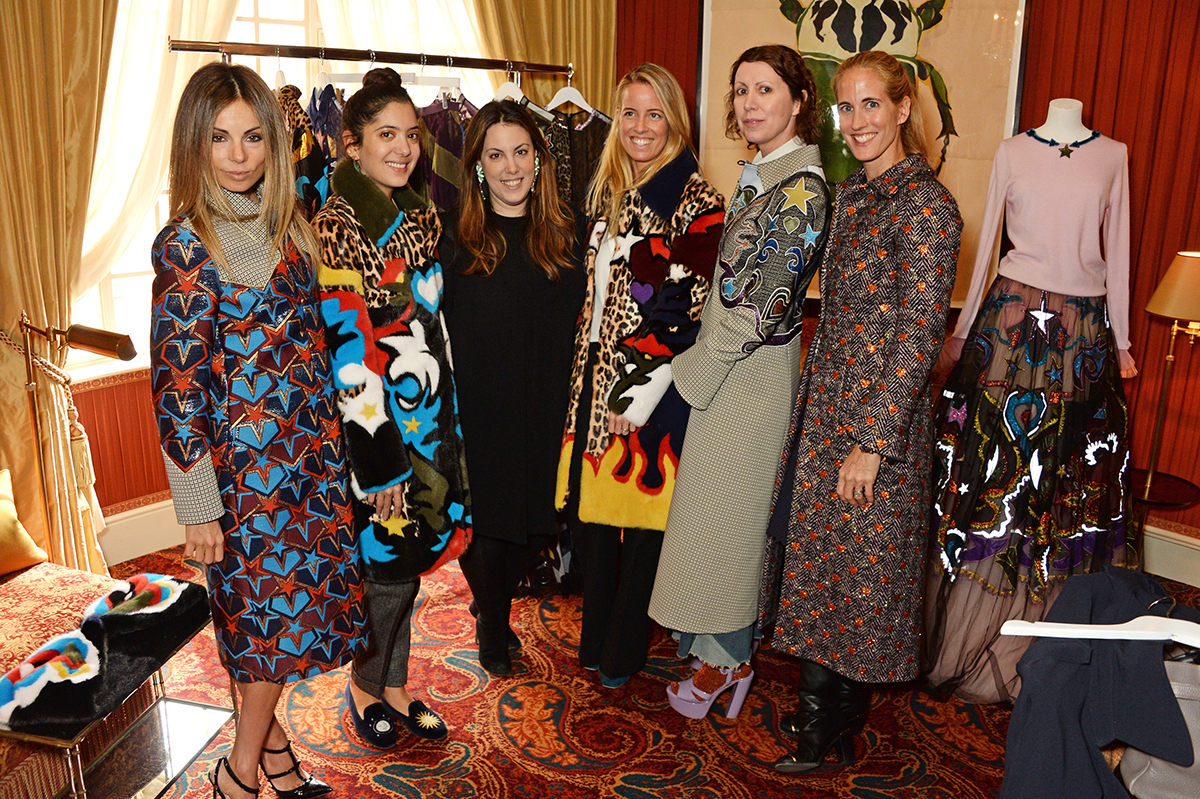



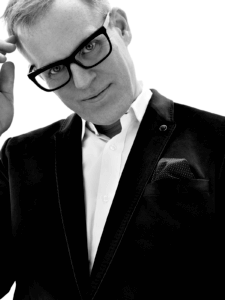


















Recent Comments